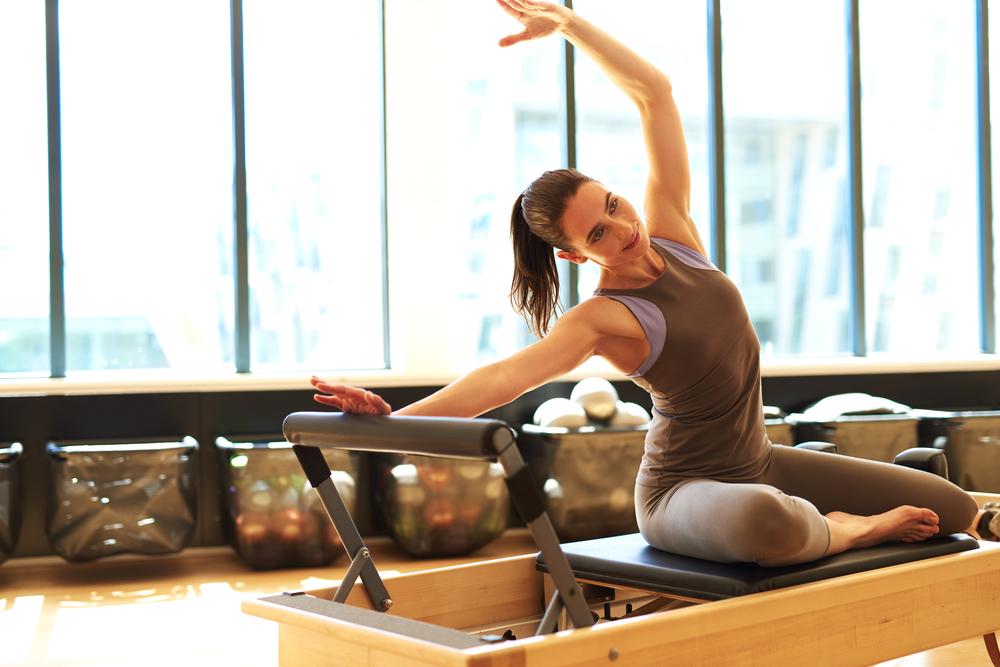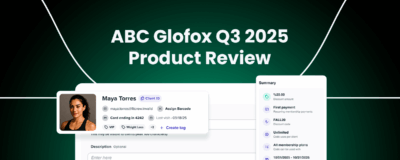The Pilates industry is thriving—and now is a prime time to get in the game. According to Straits Research, the global Pilates and yoga studio market was valued at $152.3 billion in 2023, and it’s projected to reach $377.1 billion by 2032.
And, with boutique fitness on the rise and a growing demand for low-impact strength training, Pilates has become a staple in wellness routines. But, while the practice may look effortless, opening a Pilates studio involves strategy, structure, and the right tools.
Here’s your updated, step-by-step guide to opening a Pilates studio that’s profitable and sustainable.
#1: Define Your Vision and Business Model
First, start by painting a clear picture of the kind of Pilates studio you want to create. Do you envision a boutique, mat-only space? A high-end studio filled with reformers and towers? Or a hybrid model offering both in-studio and virtual classes?
Defining your business model helps you make aligned decisions around everything from pricing to marketing. Consider what type of clients you want to serve. Are they beginners? Athletes? Postnatal women? Retirees? The more specific your niche, the easier it will be to attract your ideal audience and stand out in a crowded wellness market.
#2: Build a Rock-Solid Business Plan
Next, your business plan is your roadmap, especially in the early stages. It doesn’t need to be 100 pages long, but it should answer key questions: What is your mission? What services will you offer? How will you make money? Who are your competitors? What are your projected expenses and revenue in year one?
A solid business plan is also critical if you’re seeking investors, applying for loans, or negotiating a lease. And, it signals that you’ve done your homework and are building a real business—not just following a passion.
Check Out: The Top Fitness Blogs to Follow in 2025
#3: Choose the Right Location
Location is often the difference between a thriving studio and one that struggles to break even. Look for high-traffic areas near your ideal clients—like wellness hubs, residential neighborhoods, or commercial districts. So, ensure there’s ample parking or public transit options.
Also consider the space itself. Does it have good lighting? High ceilings for reformer work? Can it be soundproofed to create a serene environment? And don’t forget zoning—your location needs to be approved for fitness-related use.
#4: Budget for Equipment and Startup Costs
Next, opening a Pilates studio isn’t cheap, but planning ahead helps avoid surprises. And, equipment is one of your biggest investments. Reformers alone can range from $3,000 to $6,000 each. Other essentials include towers, chairs, springboards, mats, mirrors, and props like rings and resistance bands.
Then there’s the studio build-out: flooring, lighting, HVAC, sound system, signage, and decor. Plus licenses, insurance, software, instructor salaries, and marketing. According to Wod.Guru, many studios open with budgets between $50,000–$100,000+. So, keep that in mind as you build your business plan.
#5: Hire Qualified and Inspiring Instructors
Next, instructors are the face of your brand. They build relationships, drive retention, and shape your studio culture. And, hiring qualified instructors with comprehensive Pilates certification is non-negotiable. But, also look for people with strong communication skills and the ability to adapt to different body types and abilities.
Pro tip: It’s also worth considering instructor development programs or mentorships to help your staff grow and stay loyal. Great instructors want to keep learning—and the more invested they feel, the more likely they are to stick around.
#6: Create an Irresistible Client Experience
Your studio should feel like a second home to your clients. And that’s why from the moment they walk in, every touchpoint matters: the scent in the air, the playlist in the background, how they’re greeted, and how easy it is to book their next class.
Think beyond the workout itself. How are you onboarding new clients? What kind of community are you building? Do you offer challenges, workshops, or small group series? Exceptional client experience turns occasional visitors into raving fans—and long-term members.
The 6 Crucial Steps to
Opening a Gym or
Studio
Discover more #7: Market Like a Pro (Even If You’re New)
Next, marketing doesn’t have to be complicated, but it does need to be consistent. Start with the basics: a clean website, an active Instagram account, and a Google Business profile. Use photos and testimonials from real clients to build trust.
And, don’t forget to consider referral programs, pop-up classes at local events, or collaborations with wellness brands. Finally, build an email list before you open so you can start generating buzz. And remember: people don’t just buy classes—they buy energy, community, and transformation.
#8: Use Studio Management Software from Day One
Spreadsheets will only take you so far. Software like ABC Glofox gives you the ability to manage your entire business from one dashboard: scheduling, payments, client messaging, progress tracking, and analytics.
That’s why starting with studio management software from the beginning helps you scale more efficiently. Not to mention the fact that it also offers a more seamless client experience—letting members book classes, manage memberships, and track progress right from their phones.
Check Out: The Ultimate Guide to Gym Management Software
#9: Focus on Retention, Not Just Acquisition
Finally, getting clients in the door is important—but keeping them is where you build true profitability. Create a client journey map: what happens in their first class, their first month, their first year? What are the milestones and celebrations?
Use tools like ABC Glofox to monitor attendance patterns and flag drop-offs. Offer personalized check-ins, loyalty rewards, and flexible membership options. When clients feel seen and supported, they stick around—and they bring their friends.
Free Resource: The Ultimate Guide to Client Retention
FAQ: What People Want to Know Before Opening a Pilates Studio
How much does it cost to open a Pilates studio?
Expect to invest between $50,000 to $100,000 for a boutique studio. Costs depend on location, equipment, and build-out. High-end spaces can exceed $200,000.
Is a Pilates studio profitable?
Yes! A well-run Pilates studio can earn solid returns with profit margins typically ranging between 5%–30%. Profitability depends on rent, class capacity, retention, and pricing model.
Source: StudioGrowth
What is the 80/20 rule in Pilates?
The 80/20 rule in fitness usually means that 80% of results come from 20% of effort—often referring to the importance of consistency over intensity. In Pilates, it can also refer to prioritizing foundational movement (80%) before layering in complexity (20%).
What do I need to start a Pilates business?
Here’s a quick checklist:
- A clear business model and niche
- Studio space in a good location
- Certified instructors
- High-quality Pilates equipment
- Liability insurance and business registration
- A marketing and launch plan
- Studio software like ABC Glofox to manage it all
Want to Streamline Your Launch?
Check out how ABC Glofox can help you manage bookings, track retention, and grow your Pilates business like a pro. Book a demo →














